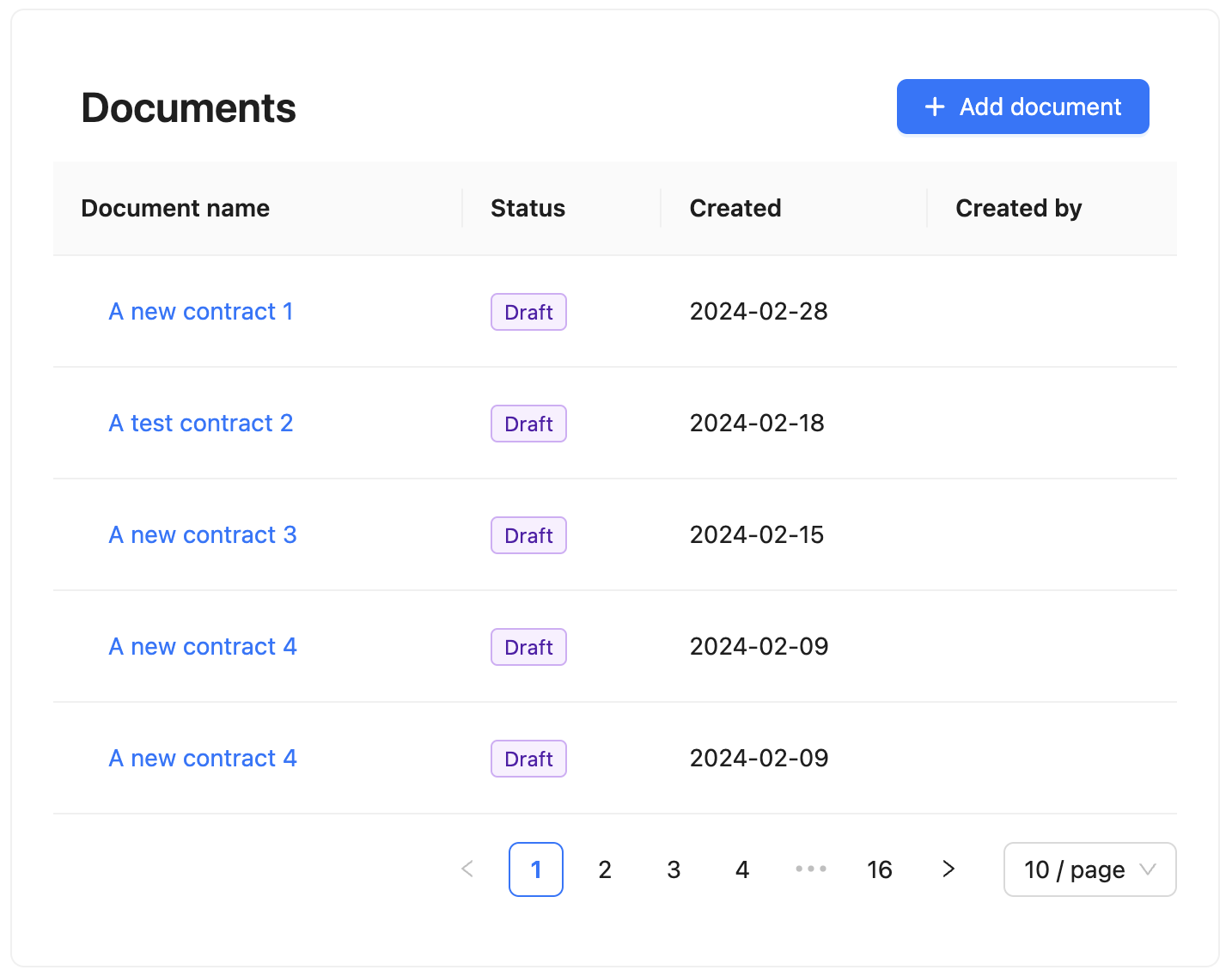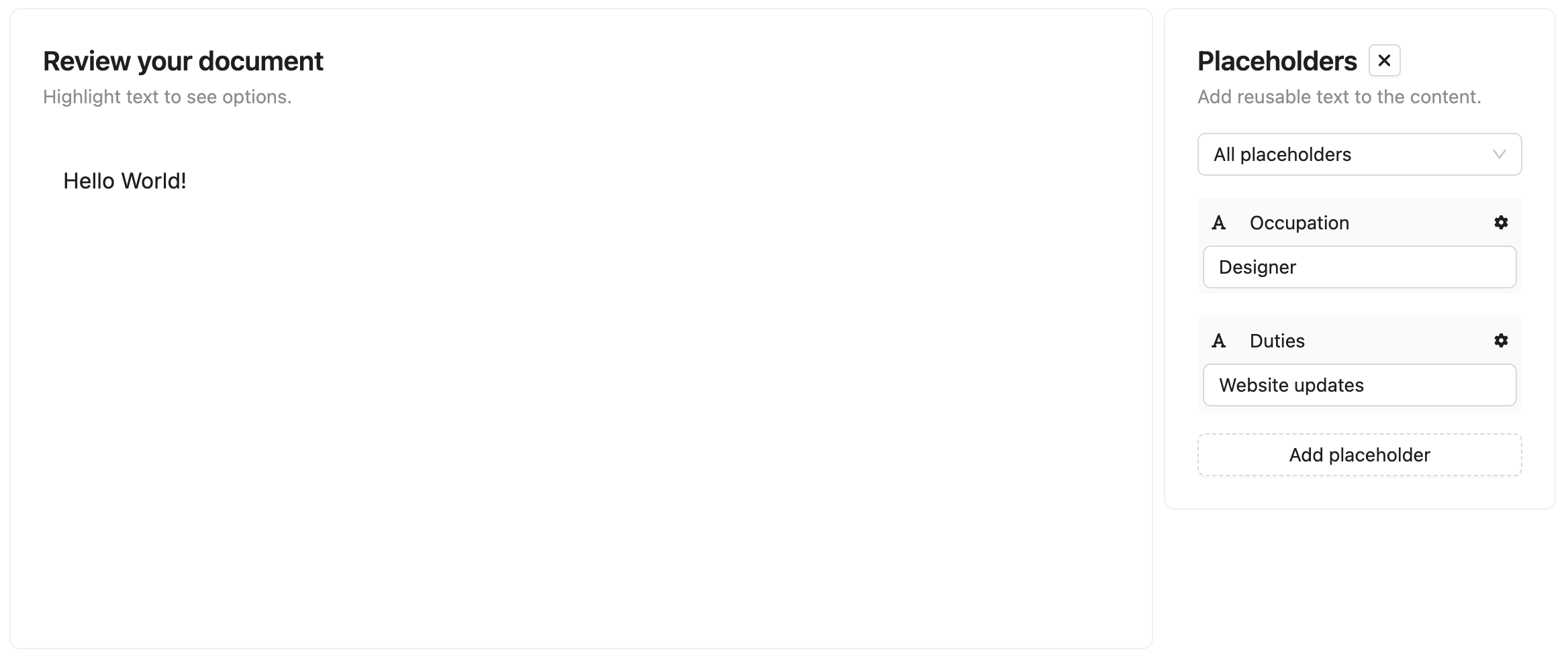Get your API key
To begin using Sendforsign and gain the capability to generate documents through our infrastructure, you need to create your SFS account. Creating a new account will automatically generate a unique API and Secret keys for you. Go to your Sendforsign dashboard, navigate to theAPI Keys tab, and retrieve your keys.

API key
Create a client for each business that use your platform
For each client you have in your platform, you need to create a corresponding client within the SFS platform. Here, you don’t need to duplicate all the information you already have about your customers – submit only what’s required by SFS. For more information about entities, refer to SFS account structure. To create a client, make a POST request to the/api/client endpoint.
The request’s payload represents details of the client to be created. In the header, specify the platform Bearer token:
cURL
201 OK response contains the clientKey:
JSON
Map your platform clients to the created clients
Use the Client keys you generated to map them to the clients that use your platform, so every time a client logs into your system, you can retrieve the corresponding client key to access Sendforsign’s infrastructure.Allow your users to create contracts within your platform
Now that you have a Client key for each of your clients, you can allow them to create new documents, send them for signing, and much more. There are multiple ways to enable your users to create documents. The easiest way to do this is to add a Contract List component to your interface. Learn how to use Sendforsign Components here. Once the component is added and the Client key is populated, your clients will see all the documents they have created and will have the ability to create new ones directly from this component.
Contract List
Create contracts via API and let users work with them
Although the previous method is the easiest way to enable your users to start working with contracts, it often happens that you need to generate contracts from your backend, enrich them with your own data, and then let your users work with them. Let’s create a contract first via an API call and add some placeholders so users can insert them into the contract afterwards.cURL

Placeholders
Allow users to recreate documents
In some cases, you may need to allow users to recreate the content of documents that already exist — either by uploading their own Word/PDF file or selecting a template. In such cases, you should use thecanReDraft=true property of the Contract Editor.
This enables users to start the creation process from scratch for a document that already exists.
If the existing document already has placeholders included, the system will also route these flows accordingly:
- If a user uploads a Word/PDF file or creates a document from scratch, the placeholders will remain untouched.
- If a user selects a template that does not contain placeholders, then the placeholders will remain untouched, and the content will be populated from the selected template.
- If a user selects a template that already contains placeholders, then the system will do the following:
- Populate the content from the template into the document.
- Read all the placeholders from the template and all the placeholders from the document and merge them. For placeholders with the same names (on the template side and on the document side), the system will transfer the values from the document’s placeholders to the template’s placeholders.
- Document-side placeholders that don’t match any placeholder on the template side will remain untouched.
Name1 and value DocValue1, and a template with placeholders
Name1 and value TempValue1 and Name2 and value TempValue2, the resulting document will contain the content from the template and
two placeholders: Name1-DocValue1 and Name2-TempValue2.